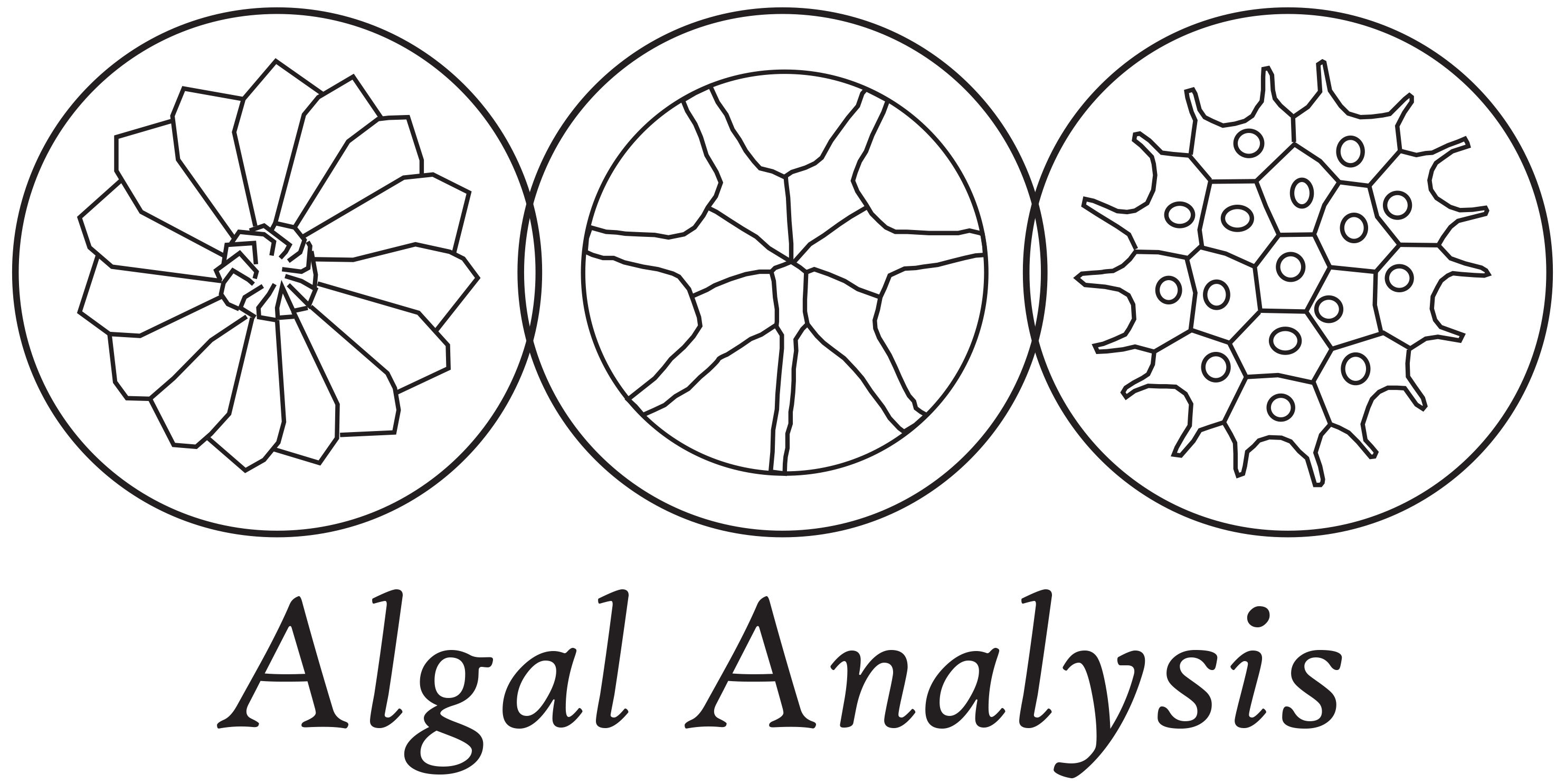Prices vary according to project requirements. Please contact us for pricing.
Species composition documentation
Assemblage content for a sample can be determined through qualitative or quantitative methods. Qualitative analyses will follow a set grouping strategy to assign a value to each species dependent on the abundance of each species present in a transect (eg. common [c], rare [r], abundant [a], etc.). Quantitative analysis is a precise count of the number of each species observed in a given area of the cover slip. Projects can be reported to genus-level or species/variety-level, as requested by client. If not specified, the work will always go to the lowest taxonomic level possible. If a sample is dominated by one or two species it is often beneficial to also search for less common taxa over several additional transects which are not part of the calculated count.
Services:
- Assemblage enumeration, species- or genus-level, 100, 300, 600 counts.
- Quick sample assessment, list of species present and relative abundance of each.
- Qualitative assessment, species-level reporting with abundance groups used.
The types and species of alage present in a sample offer information about the environment in which that assemblage was living. For modern biological samples soft-algae groups are also able to be included in sample analyses. Paleontological analyses uses the mineralized remains of the algae present in the sediment, so only groups like diatoms or calcareous nannofossils are usefu for these analyses. If other microfossils are present, such as silicoflagellates, radiolarians, ebridians, pollen, these will also be included in the summary for each sample.
Index or metrics categories have been developed that offer broader information about the site from which a sample was collected. For modern samples these include diversity, pollution, salinity, dissolved oxygen requirements, and saprobity and nutrient tolerances. The amount of fine sediment present at a site can be quantified through another index-value involving the number of motile vs. non-motile species. In the same way categorizing the number of planktonic to benthic species can provide an idea of the amount productive lentic vs lotic environments are present at a site.
Services
- Interpretation of count data with regards to known environmental affinities for the species present. Basic index values presented in table format.
- Interpreting sediment samples regarding their depositional environment as determined by the microfossils present.
- Writen interpretation or report, style and requirements can be defined by the client.
Analysis of aquatic sediments for biostratigraphy provides the age constraints necessary for detailed interpretation of a sedimentary section. All microfossils present in a sample can be used for this interpretation. Generally diatoms and nannofossils will be the dominant group in Cenozoic samples. If silicoflagellates or ebridians are preserved as well, they will also be able to inform the biostratigraphic analysis.
Services
- Provide age for samples, precision dependent on assemblage present.
- Development of new zonation or application of existing zonal scheme to samples.
- Documentation of marker species and/or other biostratigraphically useful species.
Photodocumentation
There are many reasons to document the assemblage present with images as well as taxonomic lists, the most important of which is for verification and comparison with other data on similar sites/areas/stratigraphically and geographically similar samples. Images of the most common species are provided with counts for this purpose as well as taxonomic quality control comparisons.
Additional time can (and should, for research projects) be spent initially developing a flora of the samples. This allows the development of a complete picture of the taxa present to be determined prior to counting. New or unusual taxa can be more thoroughly researched with this additional step.
Services
- Photodocumentation pricing is based on an hourly charge with the time involved dependent on the complexity of the floral assemblage present.

